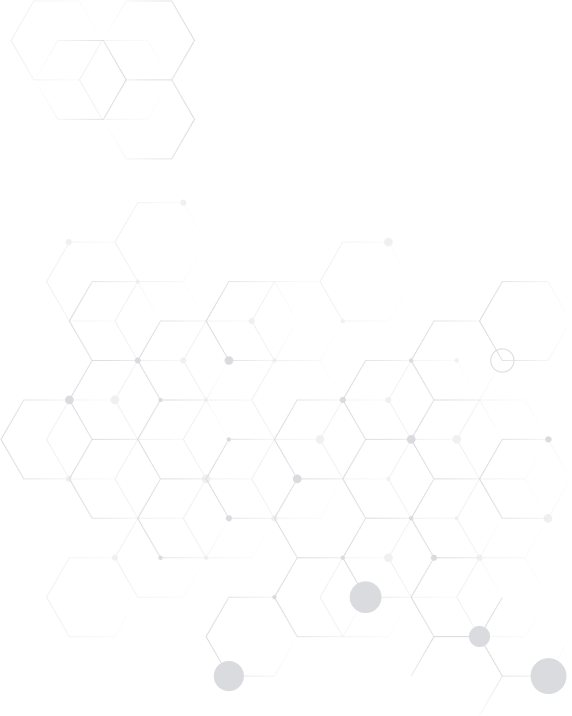Wetropa editorial team
Individually manufactured foam inserts allow components to be accurately accommodated in cases, containers and drawers. Made of PE or PU foam, they are known for a wide range of applications and high quality.
What are individual foam inserts?
A foam insert is an individually manufactured packaging solution made of PE or PU foam that accommodates specific components or tools with a precise fit. Foam inserts are used to organize, transport and present objects of all kinds.
Foam inlays - the most important advantages at a glance
In this article, Wetropa presents the top six reasons to use foam inserts in your packaging solutions. These include:
- Best possible order of the components or tools
- Clear overview when processing, stowing and presenting
- Optimal protection against dust and dirt
- Excellent hold of the components
- Individual design possible through coloring
- 100% recyclable foam product variants
Reason 1: Arrange components and tools
By using foam inserts in your packaging solution, it is possible to sort the packed components or tools as desired. Each object is assigned to a specific position in the case or container. In this way, not only is order improved, but space consumption is also optimized.
Reason 2: Clear overview in the work process
The clear order within a foam insert provides you and your employees with an optimal overview. This means that every object is within easy reach during the work process, which simplifies procedures and saves time.
In this way, work efficiency along the value chain is significantly increased in the sense of lean management. Working with foam inserts works according to the 5S method, which simplifies production, assembly and logistics.
Reason 3: Optimal protection against external influences
High-quality foam inserts protect their contents from getting dusty or dirty thanks to a precise finish. Last but not least, the strong hold protects the contents from slipping and colliding.
Reason 4: First class hold of the content
Due to the precise and individual contours that are worked into the foam with the help of CNC-controlled milling machines, a foam insert provides a first-class hold. This effectively prevents the stowed components or tools from coming loose from the foam inlays.
Reason 5: Individual design through color scheme
Tooling inserts in particular are often designed in a two-color design consisting of a colored base and a top layer (cover layer) in a different color. This has less of an aesthetic benefit than a practical one. For example, the absence of a tool or component can be immediately identified by the individual color scheme.
Reason 6: Sustainable variants with recyclable foam
Wetropa offers foam inserts made of PE plastics that are fully recyclable. An example of this are the products made from our sustainable ReFOAM materials, which are characterized by optimal recyclability. After use, they can be returned to the closed-loop recycling system and processed into new products.
Conclusion
Foam inlays extend the functionality of classic packaging solutions such as cases, bins and drawers by offering a wide range of applications and numerous practical benefits. These include the optimal organization of items, a high level of protection against damage thanks to a secure hold, as well as coloring and recycling potential.
FAQ - frequently asked questions about foam inserts
Foam inserts are precisely fitting elements made of PE foam with which containers, cases and drawers can be equipped. They are individually manufactured for the components and tools that are to be accommodated in the packaging. As a result, they provide a precisely fitting receptacle for the contents.
Foam inserts offer tools, components and other products a high level of protection against external influences by providing optimum support. In addition, they ensure order and overview in cases, containers and drawers according to the principles of the 5S methods.







